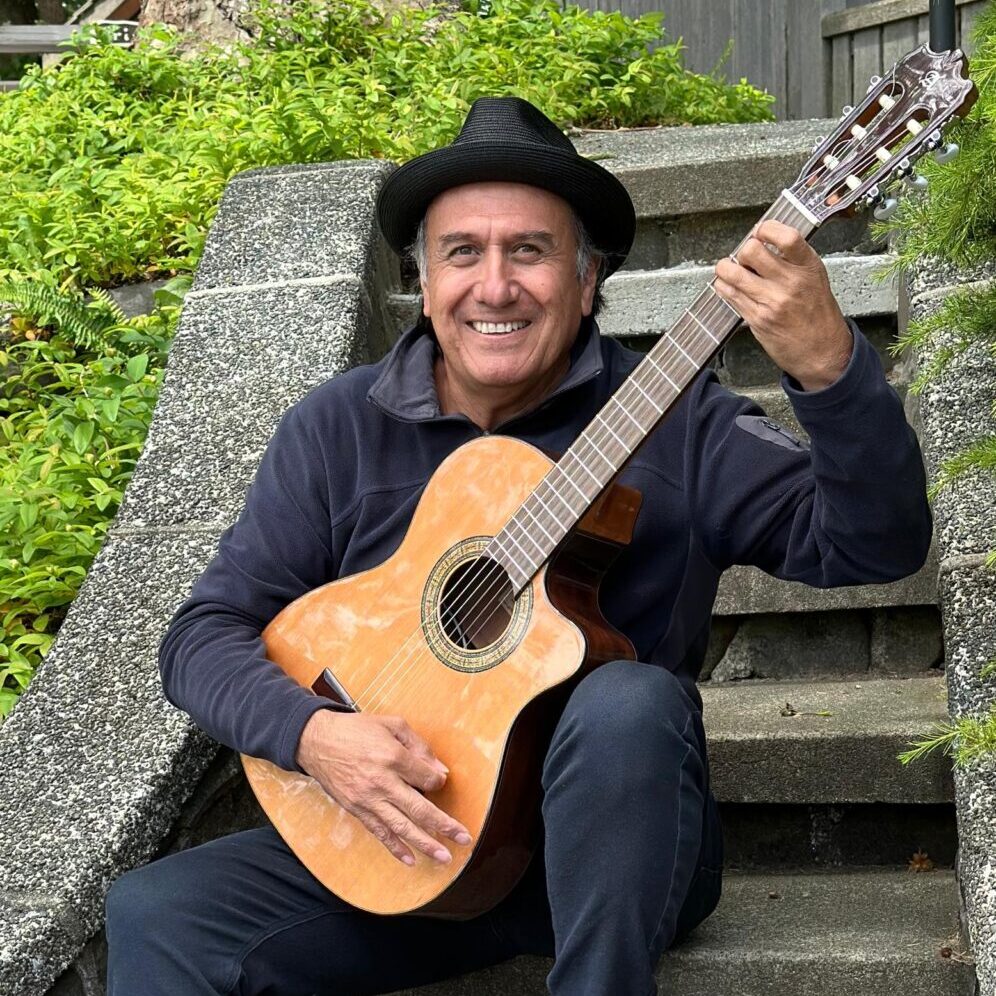Nueva Trova music gets its name from the trovadores, musicians that travelled around Cuba in the 19th century singing music that was full of poetic imagery. By the 20th century the style included African rhythms along with more intricate guitar accompaniment.
After the Cuban revolution, the Trova music became more political focusing on more serious issues like socialism, injustice, sexism, colonialism, and racism. The music spread through Latin American countries by some brave musicians, like Victor Jara of Chile. Jara was tortured and executed after being arrested by the government of August Pinochet after the 1973 coup. Jara died because he refused to stop singing. Jorge Coulon wrote, “the music speaks for itself. All people need to take on the gods; Art, Music, is the way to do it”. Using guitars rather than guns, Trova music raised the consciousness of a generation and became used as a political movement.
Over time the music has reverted back to its roots where it is the poetry in the language, the images, the themes, and a unique of looking at things, makes trova music stand out. Still, some songs have a double meaning. “Te Doy Una Canision” – Silvio Rodriguez, begins as a beautiful love song where thinly veiled is the love of Cuba. Additionally, anti war songs, like “Solo la Pidio Dios” León Gieco, still ring with the power of truth and relevance in the upheaval of today’s political landscape. “Lucha de Gigantes” by Antonio Vega is a rallying cry against the monster of paper (money) destroying the environment.

